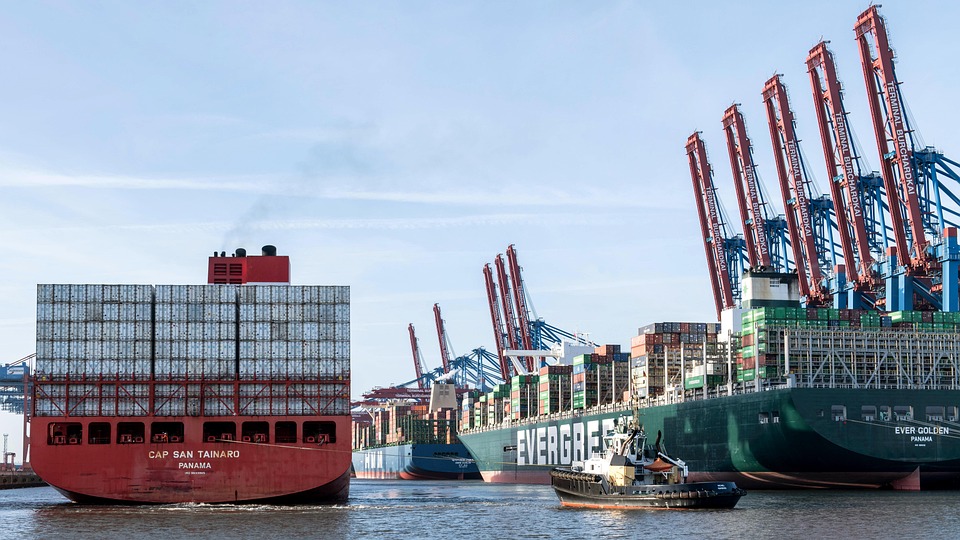The impact of tariffs on the US economy and six of its main trading partners ranges from -2.05% to 0.2%, according to data from the Yale Budget Lab.
In 2025, the US imposed universal tariffs of 10%, in addition to specific levies (up to 50%) on steel, aluminum, cars, and goods from Canada, Mexico, China, the European Union, India, Japan, Vietnam, and countries importing Venezuelan oil.
Impact of tariffs on the US economy
The long-term change in real GDP from the 2025 tariffs to date is -0.41% for the United States itself.
For its three main external suppliers, the impact is as follows: Canada, -2.05%; Mexico, +0.09%; and China, -0.22%.
These projections consider tariffs applied through August 6, 2025.
In general, tariffs make imports more expensive, raise production costs, and reduce competitiveness. They also limit international trade, provoke retaliation, and generate inflation. As a result, investment declines, innovation slows, and business confidence weakens, negatively affecting global economic growth.
The following shows the long-term change in real GDP from 2025 tariffs to date, according to the Yale Budget Lab:
- United States: -0.41 percent.
- China: -0.22 percent.
- Rest of the world: +0.02 percent.
- Canada: -2.05 percent.
- Mexico: +0.09 percent.
- Countries with free trade agreements with the United States: +0.06 percent.
- Japan: +0.02 percent.
- European Union: +0.09 percent.
- United Kingdom: +0.20 percent.
- World: -0.14 percent.
- World without the United States: -0.05 percent.
Mexican economy
Sergio Contreras, executive president of Comce, said Monday that Mexico maintains a strategic position in its trade with the United States, even in the face of tariffs at levels not seen in 90 years. Mexico has the lowest tariff among the three main external suppliers and one of the lowest impacts on GDP.
Context: In 1930, the Smoot-Hawley Act raised tariffs to record levels, exacerbating the Great Depression and reducing global trade. In the 1980s, the United States imposed tariffs on Japan, generating disputes and negotiations. In 2025, the new tariffs reflect global tensions, make products more expensive, and threaten economic growth.

